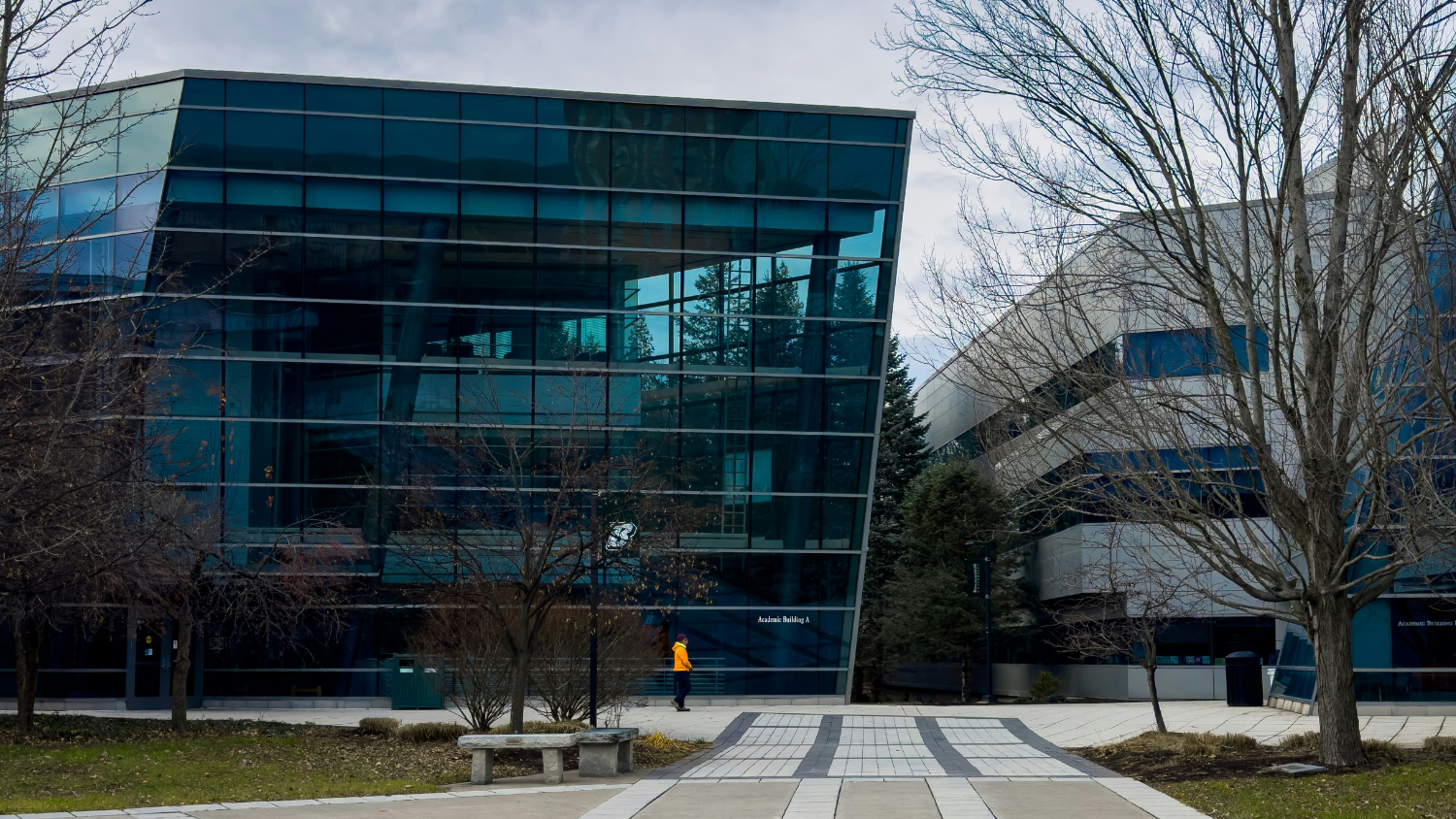How Nanoporous Copper Behaves Under Corrosion: Insights from Binghamton University Using Materials from Advent Research Materials
.png?width=50)
A research team working within the Department of Chemistry, at the State University of New York at Binghamton has published new findings on how nanoporous copper corrodes under different environmental conditions — using 99.99% high-purity copper supplied by Advent Research Materials.
The study, titled “Comparative Analysis of the Corrosion Behavior of Plain and Nanoporous Copper,” appears in Electrochem (2025, Vol. 6, Issue 1) and was authored by Zhen Lei, Ksenya Mull, and Professor Nikolay Dimitrov. Their results offer valuable insight into how copper’s nanoscale structure influences its long-term durability in air, salt, and nitrate environments.
Why Researchers Investigated Nanoporous Copper Corrosion
Copper’s outstanding conductivity makes it essential for electronics, energy systems, and catalysis. However, corrosion continues to limit its performance in harsh or oxygen-rich environments.
The Binghamton University team set out to determine how a nanoporous copper structure, with its high surface-area-to-volume ratio, would behave compared with traditional plain copper. Understanding these differences is critical for industries developing advanced copper materials for renewable energy, sensing, and electrochemical applications.
Using Advent-Supplied High-Purity Copper in Controlled Corrosion Testing
To ensure the highest material consistency, the researchers sourced Cylindrical Cu samples (99.99%) with a surface area of 0.40 cm², 0.20 cm thick, and 0.72 cm in diameter from Advent Research Materials. These served as the foundation for both plain and nanoporous copper samples.
The nanoporous structure was fabricated by first depositing a Cu–Zn alloy and then selectively removing the zinc via electrochemical dealloying, leaving behind a fine, sponge-like copper network.
Each sample was immersed in sodium chloride (NaCl) and sodium nitrate (NaNO₃) solutions, both in oxygenated (air) and deoxygenated (nitrogen-purged) conditions. The team employed polarisation testing, weight-loss measurements, and scanning electron microscopy (SEM) to evaluate corrosion potential, current density, and morphological changes.
Comparative Results: Plain vs Nanoporous Copper in Corrosive Environments
- Chloride-rich solutions produced the most aggressive corrosion, confirming the known influence of halide ions on copper dissolution.
- Nitrate environments were significantly less corrosive, showing slower oxidation and reduced surface degradation.
- Oxygen exposure accelerated corrosion by roughly an order of magnitude compared with nitrogen-purged tests.
- Nanoporous copper exhibited more negative corrosion potentials, meaning corrosion began more readily — yet its overall corrosion rate was lower than that of plain copper once the reaction stabilised.
- Salt concentration made only a marginal difference to the results.
The slower rate in nanoporous samples appears linked to their internal pore structure, which traps corrosion products and naturally limits further reaction.
Implications for Durable Nanostructured Copper Materials
These results provide practical guidance for researchers designing corrosion-resistant copper materials for catalysis, energy storage, and electrochemical devices.
The study shows that nanoporous copper can deliver both high surface activity and improved corrosion stability, supporting its use in next-generation materials where performance and durability must coexist.
Binghamton University’s Electrochemistry Expertise and Advent’s Material Contribution
Led by Professor Nikolay Dimitrov, the project is part of ongoing work at the Integrated Electronics Engineering Center (IEEC) at Binghamton University, a leading institution in electrochemical research and nanoscale materials science.
Advent Research Materials supplied the high-purity copper used throughout the project, continuing its role as a trusted source of metals and alloys for academic and industrial research worldwide.
Read the Published Paper
Lei, Z.; Mull, K.; Dimitrov, N. (2025). Comparative Analysis of the Corrosion Behavior of Plain and Nanoporous Copper.
Electrochem, 6(1), 1. https://doi.org/10.3390/electrochem6010001
